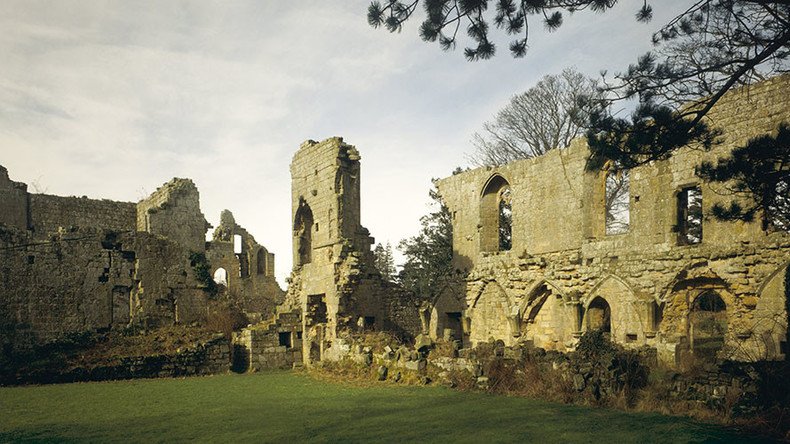Medieval villagers ‘mutilated corpses to stop rise of living dead’

Villagers in medieval Yorkshire were so afraid of the dead that they chopped, smashed, decapitated and burned corpses to make sure they stayed in their graves, a new study has found.
Ten butchered skeletons excavated from a pit near the abandoned village of Wharram Percy, north Yorkshire, are thought to offer the first concrete evidence that medieval people hacked apart corpses to stop them returning as the undead.
Writers from the 11th century onwards have long described restless corpses, or “revenants,” whose bad deeds while alive meant they would be restless in their graves. It was feared their evil natures or Satan would give them the power to crawl out of their graves, spread disease and attack the living.
Beheading them, breaking their bones and setting them on fire was seen as a way to stop their return.
Medieval villagers mutilated the dead to stop them rising, study finds
— Historic England (@HistoricEngland) April 3, 2017
via @guardianhttps://t.co/eMorsnVTnopic.twitter.com/FVtH6BZVQK
Until now, no human remains disposed of in this way had ever been found. Scientists from Historic England and the University of Southampton are thought to have the “first archaeological evidence of the practice” in the UK.
The archaeologists studied 137 fragments of broken human bones, including the remains of adults, teenagers and children excavated more than half a century ago, and dated back to the period between the 11th and 14th century.
They concluded the most plausible explanation for the burn marks and cuts found on skulls and bones were deliberate mutilation after death. Ruling out gruesome possibilities including cannibalism in times of famine or the massacre of outsiders, scientists believe the intention was to keep the dead from walking.
Simon Mays, human skeletal biologist at Historic England, told the Daily Mail: “The idea that the Wharram Percy bones are the remains of corpses burnt and dismembered to stop them walking from their graves seems to fit the evidence best.
“If we are right, then this is the first good archaeological evidence we have for this practice. It shows us a dark side of medieval beliefs and provides a graphic reminder of how different the medieval view of the world was from our own.
“The world was a threatening place to medieval people and not having a scientific understanding they struggled to come to terms with many things we take for granted,” he added.
He said it was puzzling that skeletons of children and women were found in the pit, as writings about revenants only mentioned male corpses coming back to life.
He added that given the beheadings and burnings took place over hundreds of years, “it is strange we have not found it elsewhere.”













